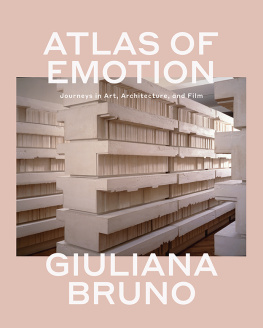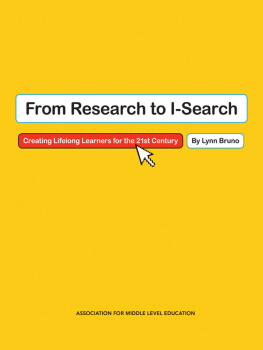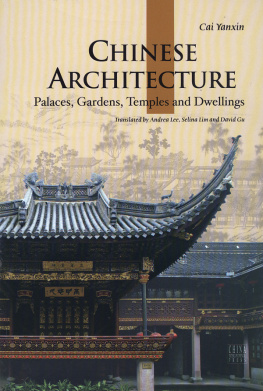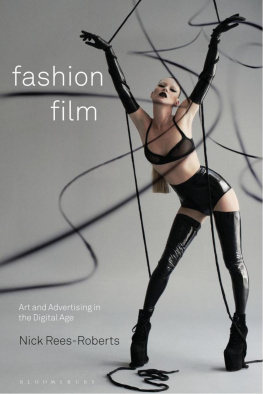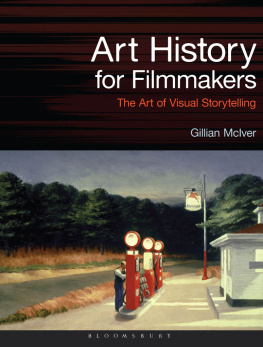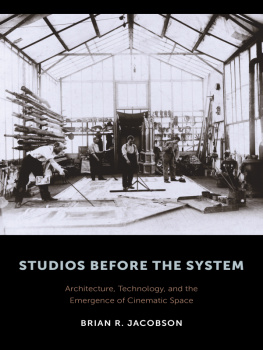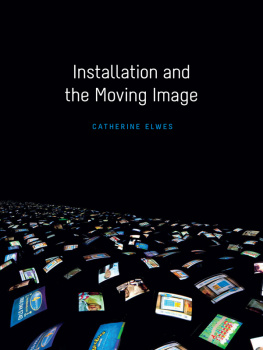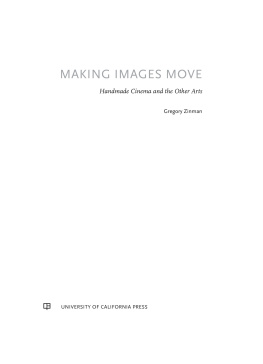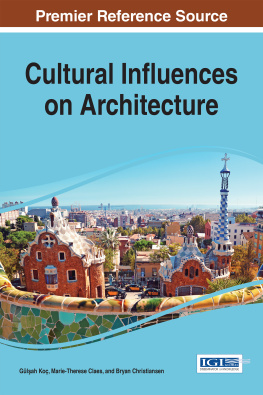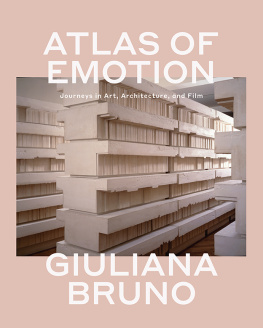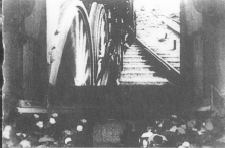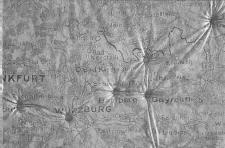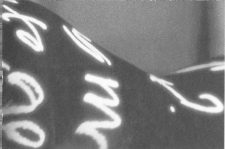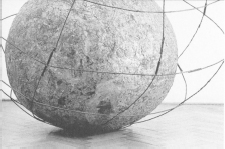To give acknowledgment is to revisit the landscape of people who have helped this book come to life. In 1991 I launched an ongoing seminar on architecture and film at Harvard University that, in the course of navigating space, encountered the terrain of affects. My first debt of gratitude thus goes to my students, who accompanied me on this intellectual adventure, witnessed the preliminary formulations of the project, and contributed greatly to its growth. They have been a challenging and responsive audience.
Over the years, parts of this book were developed in the form of lectures. I am particularly grateful to Annette Michelson for inviting me to speak at the pioneering symposium she co-organized on the Cine City: Film and Perceptions of Urban Space, 18951995, held in 1994 at the Getty Center for the History of Art and the Humanities, in Santa Monica. Her continuous support of my work, her valued friendship, and her inspiration have enabled me to envision what the larger scope of the book could be. I also would like to thank Clark Arnwine, Jesse Lerner, and Ruth Bradley for publishing a short version of my presentation in a special issue of the film journal Wide Angle in 1997.
The crossover of my work into architectural territory has been enriched by a long-standing dialogue with the faculty of Princeton Universitys School of Architecture; there I presented early stages of the book as part of a 1994 lecture series and discussed the finished work in 1999, under the auspices of Gaetana Marrone and the Program in Women and Gender Studies. I am indebted as well to Michael Hays, Jorge Silvetti, Mohsen Mostafavi, and all who have welcomed me to speak often at Harvard Universitys Graduate School of Design; and to Pellegrino DAcierno for making my work a part of (In)Visible Cities: From the Postmodern Metropolis to the Cities of the Future at Columbia University and Cooper Union in 1996. I acknowledge equally the stimulating panel on film and architecture held at Pratt Institutes School of Architecture in 1994, and am grateful to Frances Schmitt for inviting me to speak as part of the Alcan Lectures at Vancouvers Museum of Art in 1995.
Another of the books bridges was strengthened by an invitation to the plenary session at the 1994 meeting of the American Association of Geographers, in San Francisco. I would like to thank the sponsoring groups of cultural geographers, the journal Environment and Planning D: Society and Space, Patricia Meoo-Picado, and Mona Domosh. The occasion provided the additional pleasure of roaming a hotel inhabited by thousands of geographers and conversing with Derek Gregory and Michael Dear, among others.
A fruitful crossing into the realm of art took place in Paris at the symposium Art(s) and Fiction, organized in 1996 by Pierre Sorlin, Marie-Claire Ropars, and Michle Lagny, who published an evolving section of the present work in a book of the same title. My Geography of the Moving Image was fittingly developed at a seminar and lecture I gave in Japan in 1995, at the University of Tsukuba, for which I thank Yoko Ima-Izumi; and at the Screen Studies Annual Conference, in Glasgow, where I attended the opening plenary in 1994, for which I thank the editors of Screen. The thoughts that have become My Voyage in Italy were appropriately tested in various transatlantic situations: especially at the 1997 AISLLI Conference of Italian Studies at UCLA, where thanks are due to Luigi Ballerini, who invited me to the plenary, and to Marguerite Waller and Lucia Re for their support; and at the 1998 Societ Italiana delle Letterate Conference, in Orvieto, Italy, where Paola Bono invited me to give a keynote address, Paola Zaccaria helped me to relocate my voice in my mother tongue, andbeginning with Lucilla Albanos sensitive responsemany made me feel they could hear it. Thanks to Patrizia Calefato for editing the proceedings.
A huge debt of gratitude goes to those who offered to comment on the entire manuscript: the gift of their intellectual friendship is quite moving. I am grateful to Stephen Greenblatt, who has given me the support of his wonderfully restless intellectual passion throughout the years and, in this case, put it in the service of a very helpful reading. I also thank Tom Conley, who reviewed the work in close cartographic sympathy and provided a generous and ample reading that spoke to me deeply. I am equally indebted to Mark Wigley, who amiably and scrupulously made his way through the different layers of the work, engaging me with his attentive, sensitive way of thinking and reading. His suggestions, always to the point, led to changes that substantially improved the manuscript.
A number of other colleagues and friends also have been helpful in a variety of ways. I thank Beatriz Colomina for many gestures of intellectual simpatia, sustained dialogue, and good times. Norman Brysons interest in this work from the beginning, his collegiality, and his support have sustained its progress. I cherish the ritual caf conversations I have had with Wolfgang Schivelbusch, which always go beyond the object of our work and touch the very process of writing. Similarly, I value the long-standing communication I have shared with Tom Gunning on our mutual scholarly passions. A dialogue on film and life matters with Laura Mulvey and Miriam Hansen has mattered much. I am indebted to Chantal Akerman, not only for letting me into her exemplary artistic world but for being a real friend at a time when it was most appreciated. I am grateful to Ewa Lajer-Burcharth, Svetlana Boym, and Cornel West for making me feel that I have more than an intellectual home at Harvard; and to Thyrza Nichols Goodeve for offering inspired commentary of my work on art and film. For their involvement, thanks also are due to Robert Brain, Elena Dagrada, Alice Jarrard, Joseph Koerner, Giuliana Muscio, Louise Neri, Katharine Park, Isabel Segura, Robert Sklar, John Stilgoe, and Henri Zerner.

